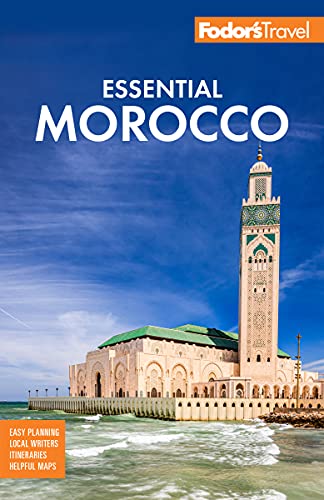Getting Oriented
Negotiating the twisting and turning alleys deep in the medina is a voyage in itself. If you don't hire a guide, keep a guidebook or at least a map with you at all times; comfortable, flat shoes and a sense of humor will also help. The medina, although not quite as enclosed and intense as the one in Fez, takes some patience—street names are often signposted only in Arabic, if at all. At main street intersection, look for brown or green signs that indicate the way to key touristic landmarks. A small street is called a rue in French or a zenqa in Arabic; an even smaller alley is called a derb. Guéliz, in comparison, is easy to navigate. The wide streets are signposted in French and lined with orange and jacaranda trees, office buildings, modern stores, and a plethora of sidewalk cafés. Keep the Koutoubia mosque in sight as a landmark to find your way back to Djemâa el Fna and the old medina.
- Medina. The old walled city contains the bulk of the attractions, the souks, and riads. It's a warren of narrow derbs, where it's easy to get lost.
- Guéliz. Northwest of the medina, Guéliz is the modern administrative center, home to the tourist information office, fashionable boutiques, art galleries, cafés, restaurants, and banks; Avenue Mohammed V runs down its spine.
- Hivernage. Outside the ramparts, south of avenues Hassan II and Mohammed V, Hivernage is populated largely with chic private residences, large hotels, and nightclubs. Its long, leafy boulevards stretch out to the Menara gardens.
- The Palmery. The Palmery is a 30,000-acre oasis, 7 km (4½ miles) north of the medina between the roads to Casablanca and Fez. Once a series of date plantations, it’s now a hideaway for the rich and famous, with a crop of luxury hotels and secluded villas springing up among the palms.




